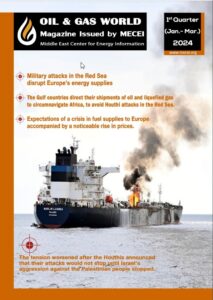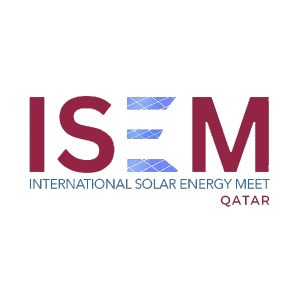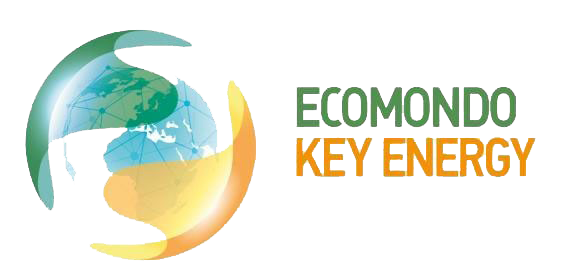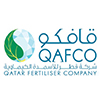- ASRY Awarded 2024 RoSPA Gold Medal in Health and Safety
- BP ponders shifting focus away from renewables, say sources
- QatarEnergy enters 10-year naphtha supply agreement with Japan’s ENEOS Corporation
- The International Energy Agency expects oil demand growth to slow in 2024
- The International Monetary Fund re-selects Kristalina Georgieva as its director
- Libya to target producing 1.4 million b/d by end 2024
- TotalEnergies launches the Marsa LNG project and deploys it multi-energy strategy in Oman
- H.E. Minister Al-Kaabi: Demand for oil and gas will continue for long; we have to be responsible, and Qatar is doing its part
- Egypt to stop exporting LNG starting from the beginning of May 2024
- QatarEnergy selects Nakilat to own and operate 25 conventional LNG vessels

International variables cast a shadow on the Arab oil and gas sector
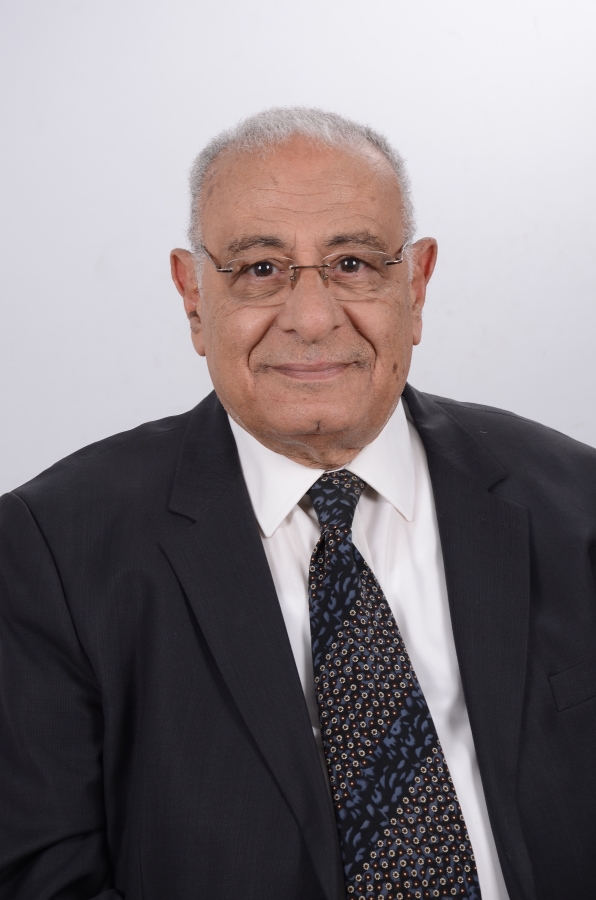
The International Energy Agency expected the global demand for oil to increase to about 102 million barrels per day in the year 2023, due to the increased use of oil in generating electricity instead of gas, whose supplies from Russia to Europe have faltered, in addition to the relative improvement in economic performance in the major countries despite the Unfavorable factors including increased inflation.
But the concerns of Western countries are rising because of the shortage of oil supplies they may be exposed to next winter, especially since the confrontation between Russia and the West over the Ukrainian war is still continuing, and because the seasonal increase in demand for energy during the winter has shown its signs.
On the other hand, there is a shortage in global oil supplies due to the circumstances of the war between Russia and Ukraine, in addition to what the OPEC+ group is doing in restricting the use of surplus production capacities, and full coordination between its largest producers (Saudi Arabia and Russia) to reduce oil production, all of which are factors that will lead to higher energy prices, increased chances of inflation, and a decline in global economic growth rates.
Recently, oil prices crossed the $90 per barrel barrier, and are likely to continue rising and exceed the $100 per barrel level in the months of the fourth quarter of 2023 (October, November, and December) due to the agreement of Saudi Arabia and Russia to extend their voluntary production cuts at a rate of one million barrels per day from Saudi Arabia and 300 thousand barrels per day from Russia until the end of this year 2023, aiming to reduce global inventories further in order to support oil prices towards the rise.
It is worth noting that the reduction in production and the subsequent increase in prices were not accepted by the United States and some Western countries, which criticized the close cooperation between Saudi Arabia and Russia in reducing production, just as they criticized Russia launching its war on Ukraine and using natural gas supplies as a means of putting pressure on Europe.
The International Energy Agency also believes that the main goal of the recent successive production cuts from the OPEC+ group is to seek to increase oil prices, and not what OPEC leaders declare that the cuts are aimed at maintaining market stability and balance.
This issue of the Oil and Gas World magazine deals with the developments occurring in the Arab oil countries in the midst of these global circumstances. It focuses on the most important developments in the oil and gas sector in ten Arab oil-producing countries, including three countries in North Africa (Egypt, Libya, and Algeria), and seven countries in the Arabian Gulf region (Saudi Arabia, Bahrain, Emirates, Qatar, Kuwait, Oman, and Iraq).
I hope that this issue of the magazine will be satisfactory for those who seek to follow developments in the oil and gas sector in the Arab region.
I also extend my thanks to everyone who helped in completing the issue, whether from employees within the magazine, or from its affiliates inside and outside Egypt in Arab and foreign countries.
Mohamad Hasan Salem
CEO – Oil and Gas World magazine


